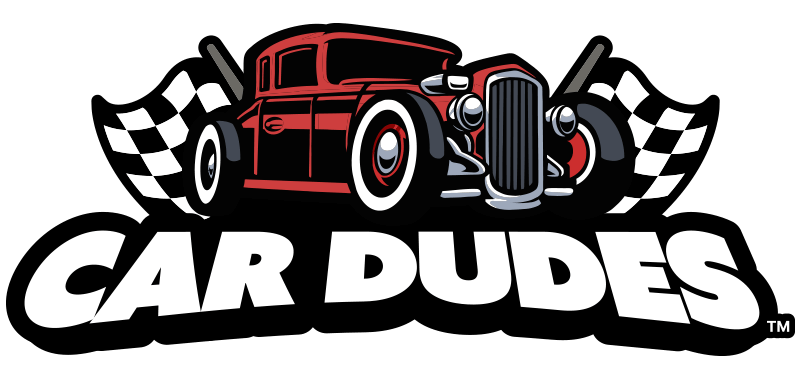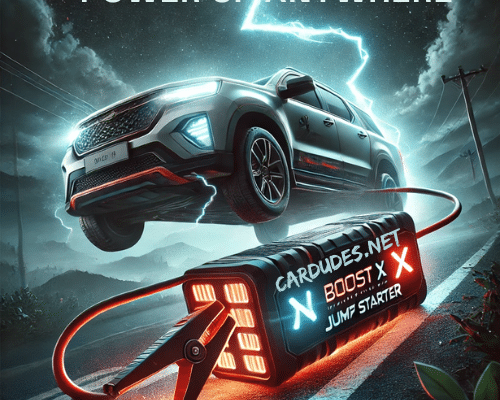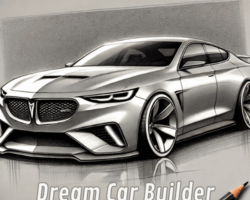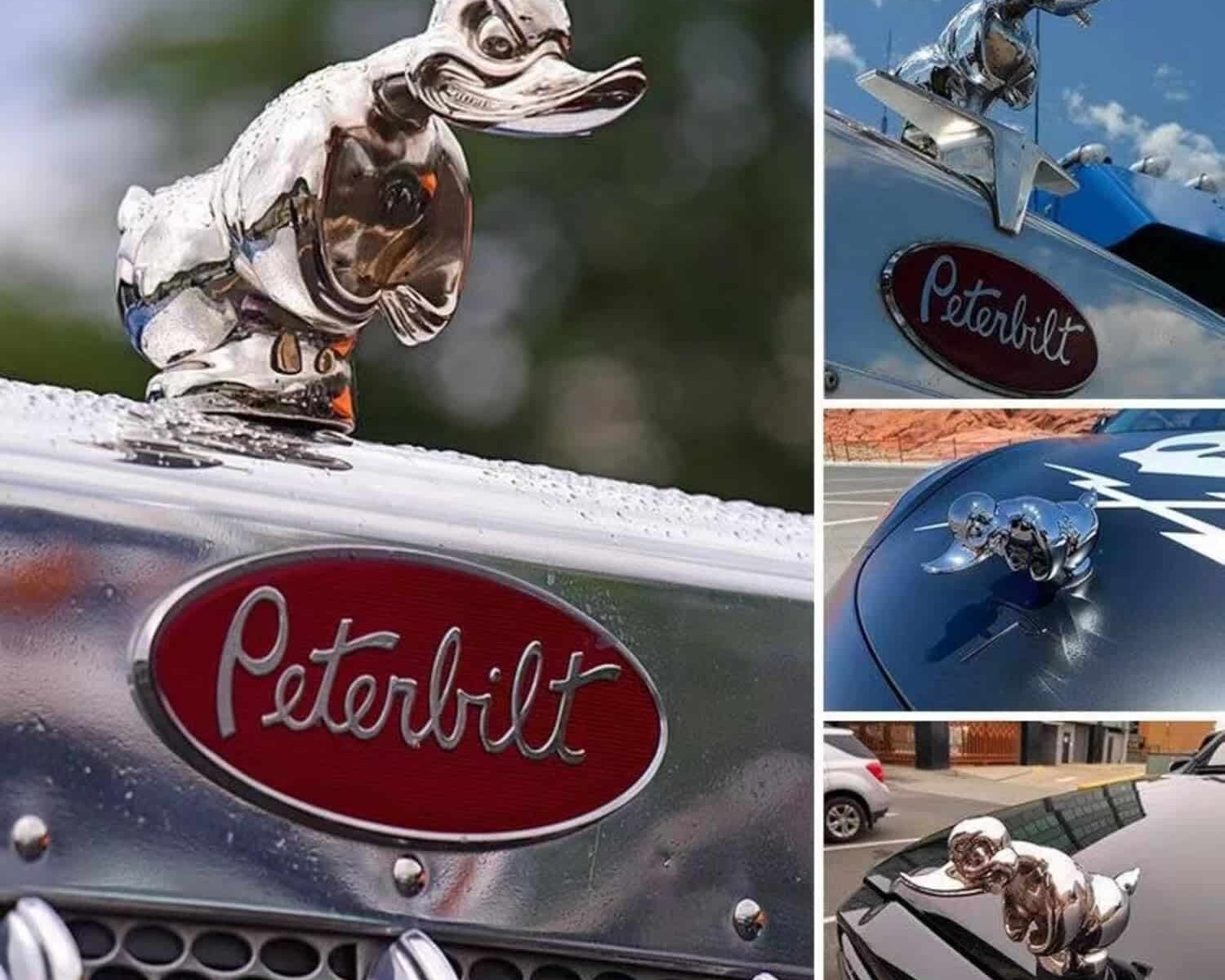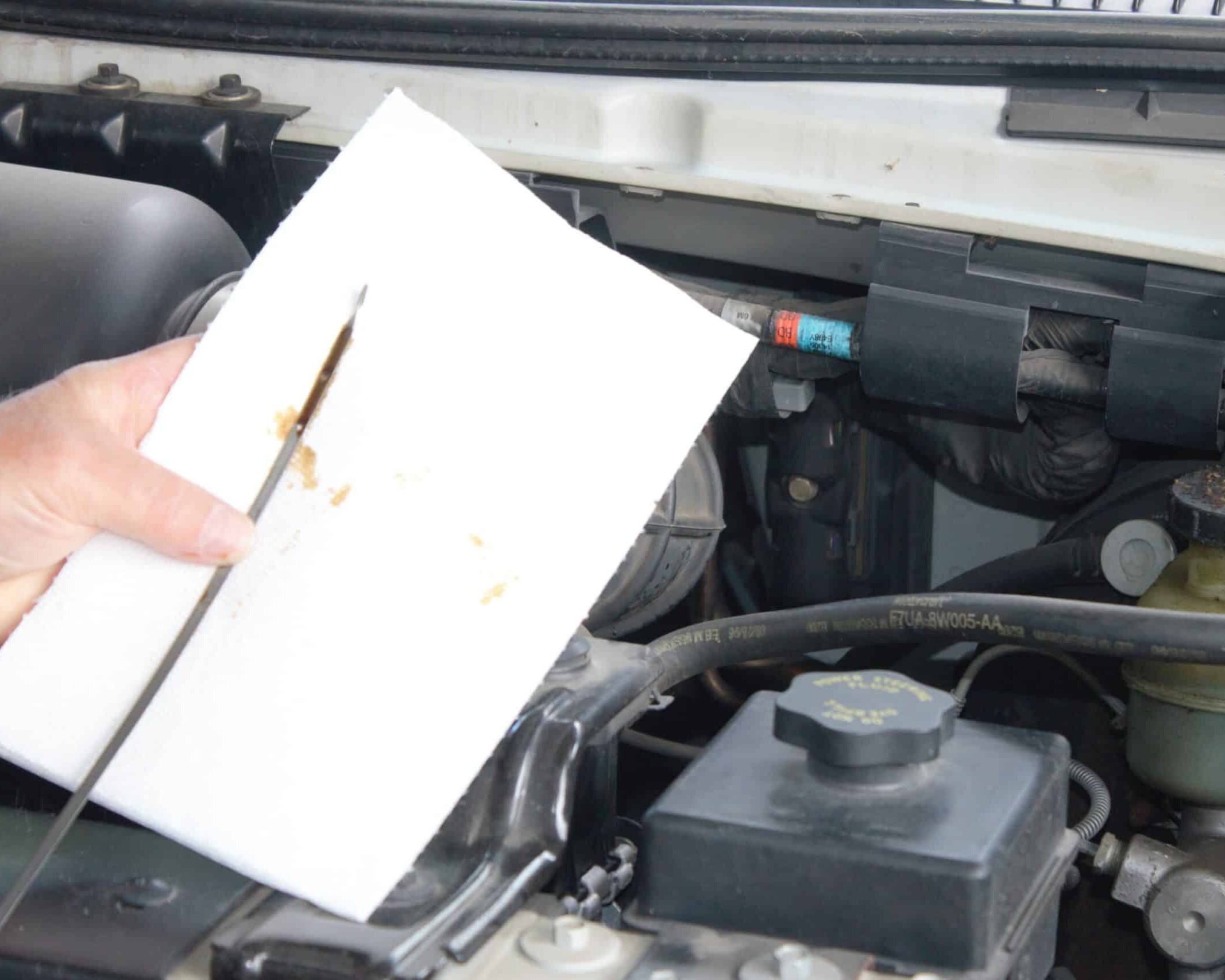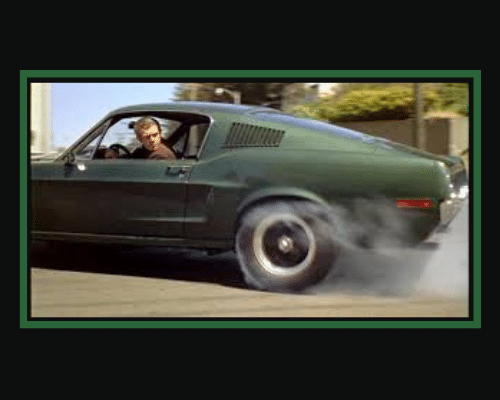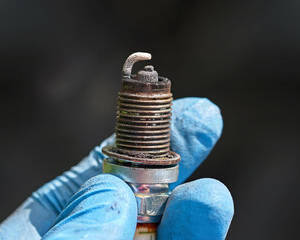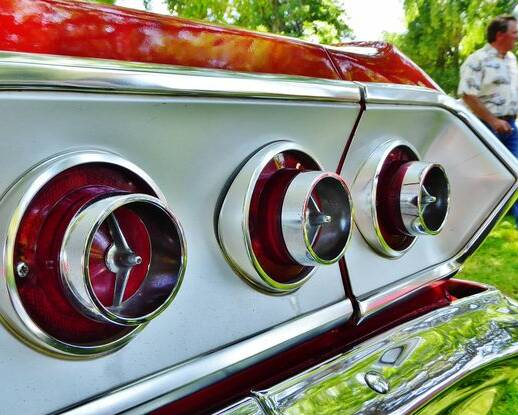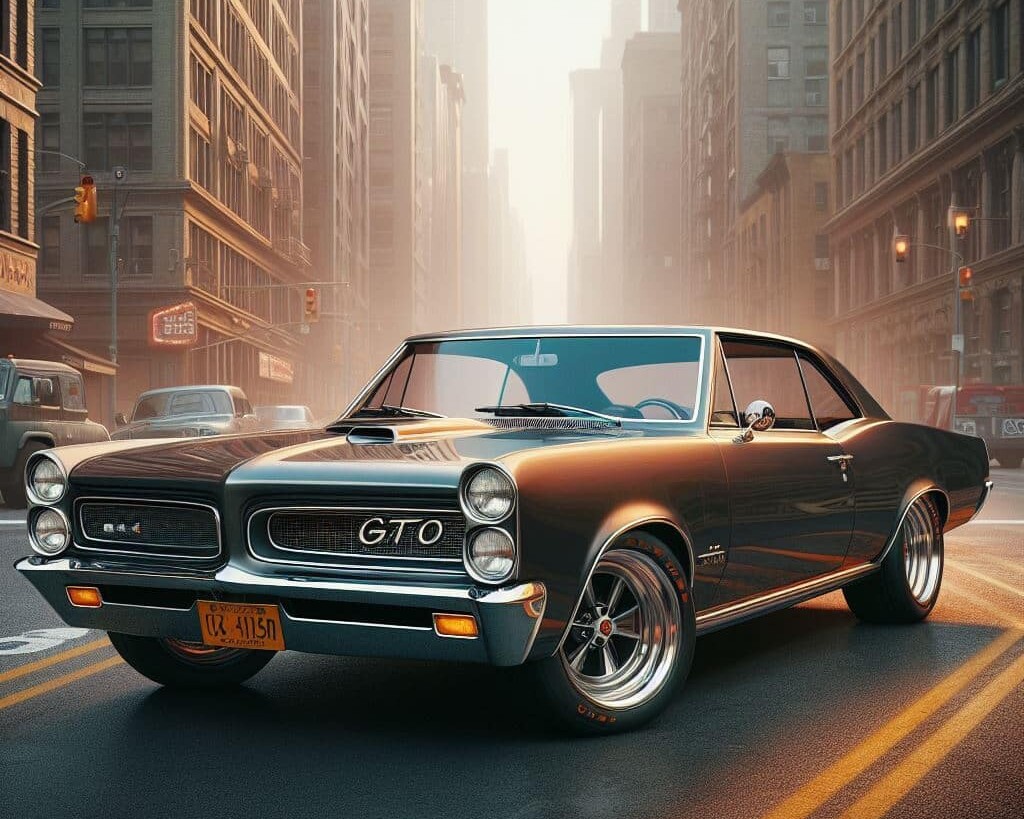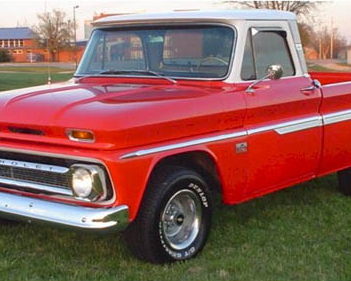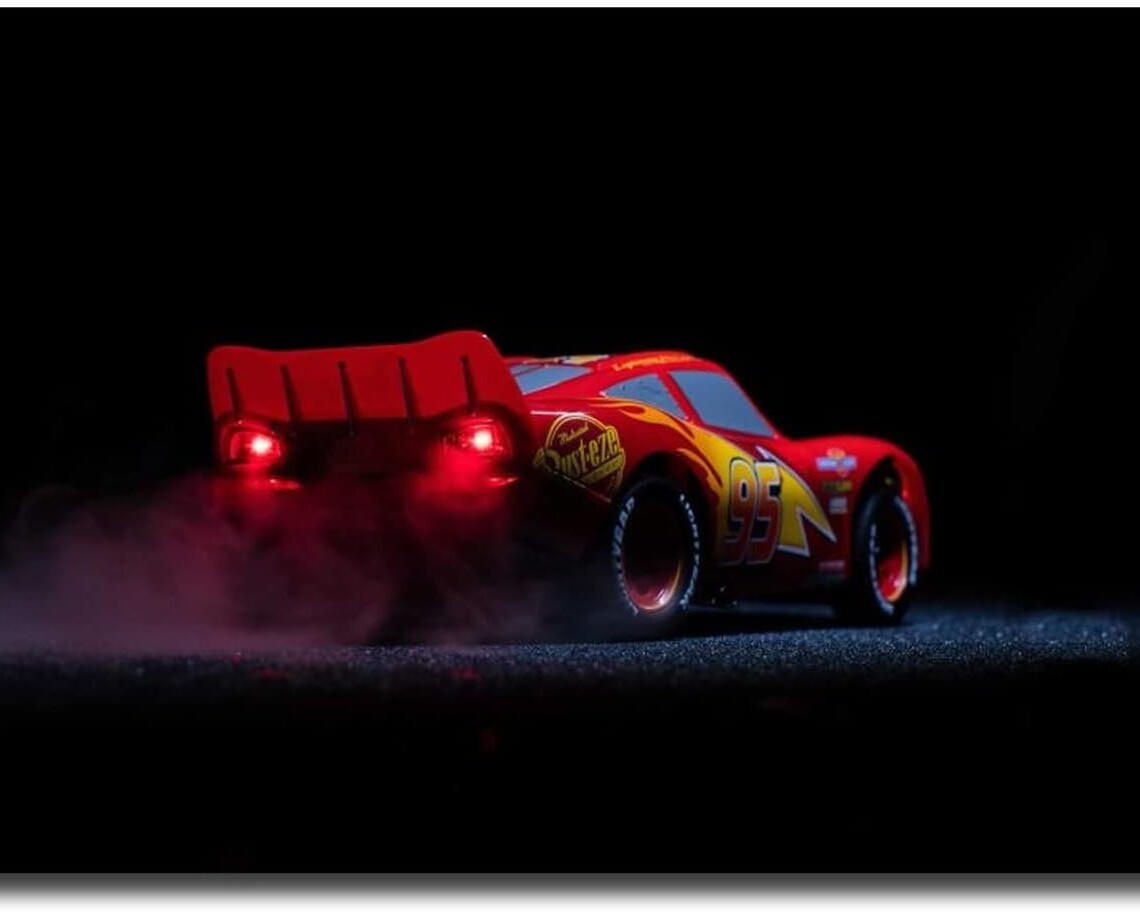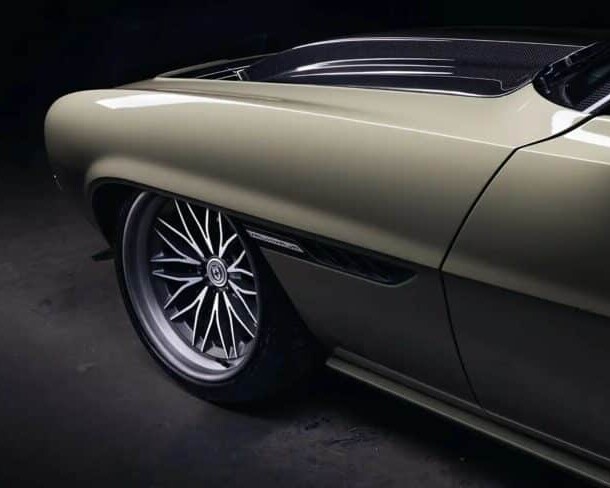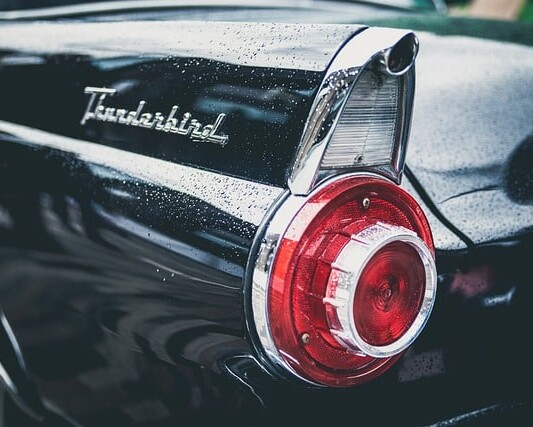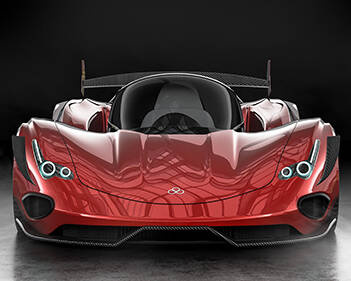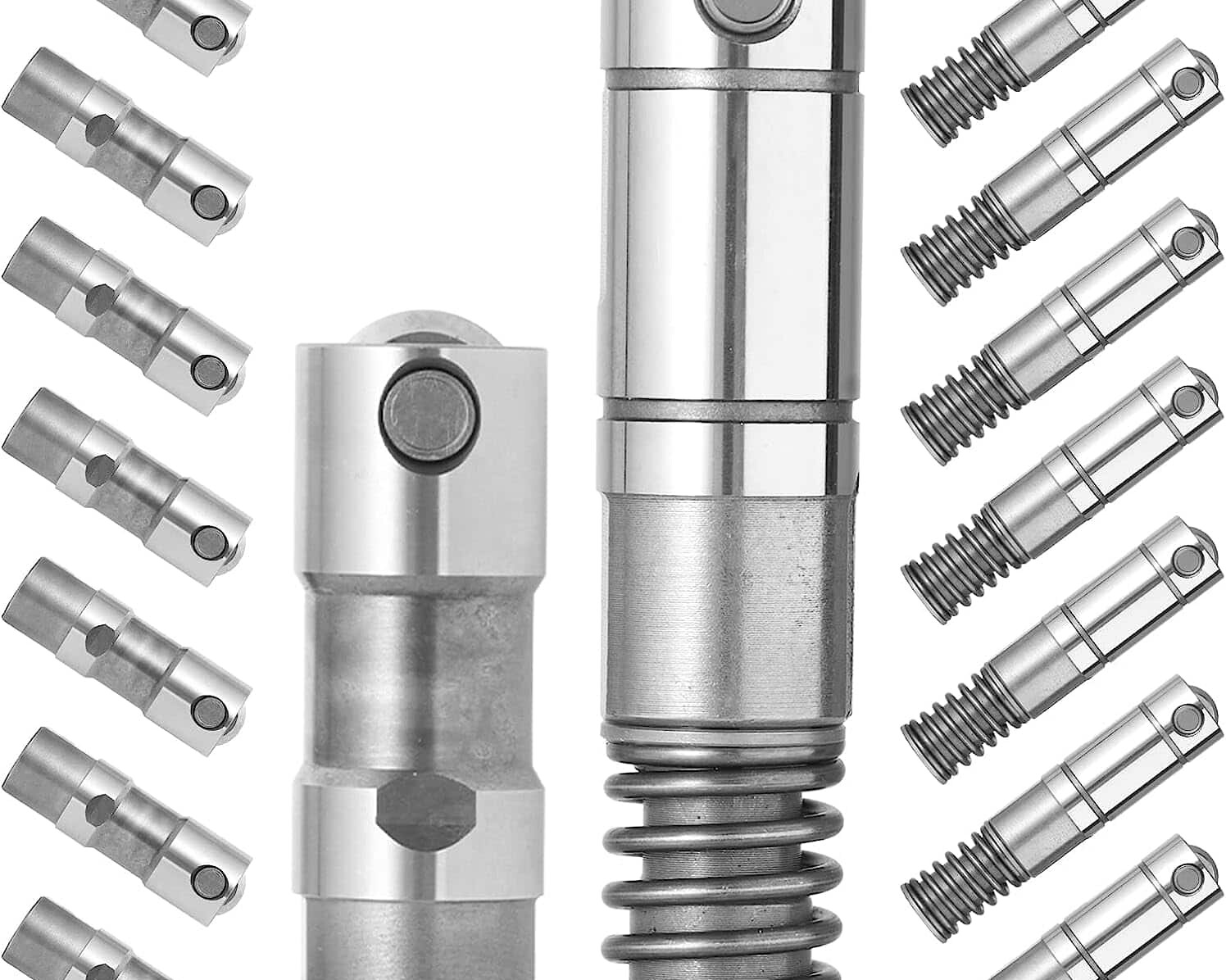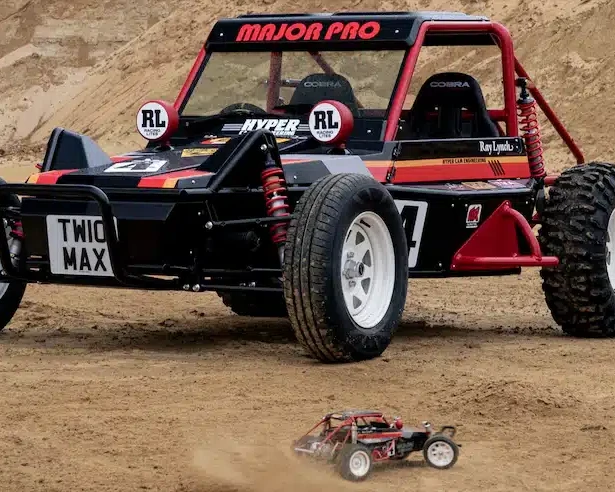The Thrilling Era of the World's Fastest Go Kart Racing: A Journey Through Vintage Speed and Innovation
Worlds Fastest Go Kart
The vintage racing era of the world’s fastest go karts is a riveting chapter in motorsport history, where blistering speeds, groundbreaking engineering, and fierce competition collided. High-performance go karts, engineered for peak velocity, dominated race tracks with their lightweight frames and powerful engines, leaving a trail of excitement and adrenaline. Enthusiasts and racers reveled in the pursuit of record-breaking lap times, pushing the limits of speed and precision. This golden age of go kart racing saw the birth of legendary machines, whose innovative designs and unparalleled performance set the standard for future generations. The spirit of these vintage racing times continues to inspire and captivate, celebrating the legacy of speed, skill, and innovation.
The Birth of High-Speed Go-Karts
The origins of go kart racing can be traced back to the late 1950s when Art Ingels, a former Kurtis Kraft engineer, built the first go-kart using a surplus West Bend two-stroke engine. This modest creation sparked a motorsport revolution, leading to the development of increasingly sophisticated and faster go karts.
Key Developments in Early Go Kart Engineering:
- Lightweight Frames: Early go karts featured minimalistic frames made from lightweight materials, enabling higher speeds and better maneuverability.
- Engine Innovations: Transitioning from simple lawnmower engines to specialized racing engines significantly boosted performance, with some engines reaching up to 100 mph.
- Aerodynamics: Engineers focused on aerodynamics, incorporating sleek designs to reduce drag and enhance speed.
Iconic Go Karts of the Vintage Era
During the golden age of go kart racing, several machines stood out for their exceptional performance and innovative designs. These go karts not only broke speed records but also became icons of the sport.
Noteworthy Go Karts of the Vintage Era:
- The Chaparral 2J Kart: Known for its groundbreaking “sucker car” technology, the Chaparral 2J featured a fan system that created a vacuum underneath the kart, increasing downforce and grip.
- The Margay Racing Kart: Margay Karts became synonymous with performance, thanks to their advanced chassis design and superior handling capabilities.
- The Hornet Racing Kart: Famous for its agility and speed, the Hornet Kart was a favorite among racers looking to dominate the track.
Pioneering Racers and Their Feats
The vintage racing era was not only about the machines but also about the fearless racers who pushed them to their limits. These speed pioneers were driven by a passion for racing and a relentless pursuit of perfection.
Legendary Go Kart Racers:
- Dan Gurney: Before becoming a Formula One and IndyCar legend, Gurney honed his skills in go kart racing, showcasing his exceptional talent and competitive spirit.
- Phil Hill: The first American to win the Formula One World Championship, Hill’s early years in go kart racing played a crucial role in shaping his illustrious career.
- Ayrton Senna: Known for his unparalleled skill and determination, Senna started his racing journey in go karts, where he developed the precision and technique that would make him a Formula One icon.
Technological Advances and Innovation
The relentless pursuit of speed and performance during the vintage racing era led to several technological advancements that have had a lasting impact on motorsport.
Key Technological Innovations:
- Disc Brakes: The introduction of disc brakes in go karts provided superior stopping power, allowing racers to brake later and maintain higher speeds through corners.
- Two-Stroke Engines: Lightweight and powerful, two-stroke engines became the standard in go kart racing, delivering unmatched acceleration and top speeds.
- Tire Technology: Advances in tire compounds and tread patterns enhanced grip and durability, enabling go karts to handle higher speeds and more aggressive driving styles.
The Culture of Go Kart Racing
Go kart racing during the vintage era was not just about the competition; it was a community of enthusiasts who shared a passion for speed and innovation. The camaraderie among racers and the spirit of friendly rivalry created a unique culture that still resonates today.
Interesting Facts About Go Kart Racing Culture:
- Grassroots Beginnings: Many professional racers started their careers in go kart racing, making it a crucial stepping stone in the motorsport world.
- Family Involvement: Go kart racing often involved entire families, with parents supporting their children as they pursued their racing dreams.
- DIY Ethos: Early go kart racers often built and maintained their karts, fostering a deep understanding of mechanics and engineering.
The Legacy of Vintage Go Kart Racing
The impact of the vintage racing era on modern motorsport is undeniable. The innovations and achievements of this period laid the groundwork for future advancements, and the spirit of competition and innovation continues to inspire new generations of racers.
Enduring Influence:
- Motorsport Evolution: Many technologies developed for go karts have been adapted for use in higher levels of motorsport, including Formula One and IndyCar.
- Cultural Impact: The excitement and accessibility of go kart racing have made it a popular pastime worldwide, inspiring countless individuals to pursue careers in motorsport.
- Continued Innovation: The legacy of vintage go kart racing lives on through ongoing advancements in kart design, engineering, and performance.
The vintage racing era of the world’s fastest go karts is a testament to the human spirit’s relentless pursuit of speed, skill, and innovation. From humble beginnings to record-breaking achievements, this thrilling chapter in motorsport history continues to captivate and inspire. The legacy of these high-performance machines and the pioneers who drove them endures, reminding us of a time when the quest for speed was boundless and the possibilities were limitless.
